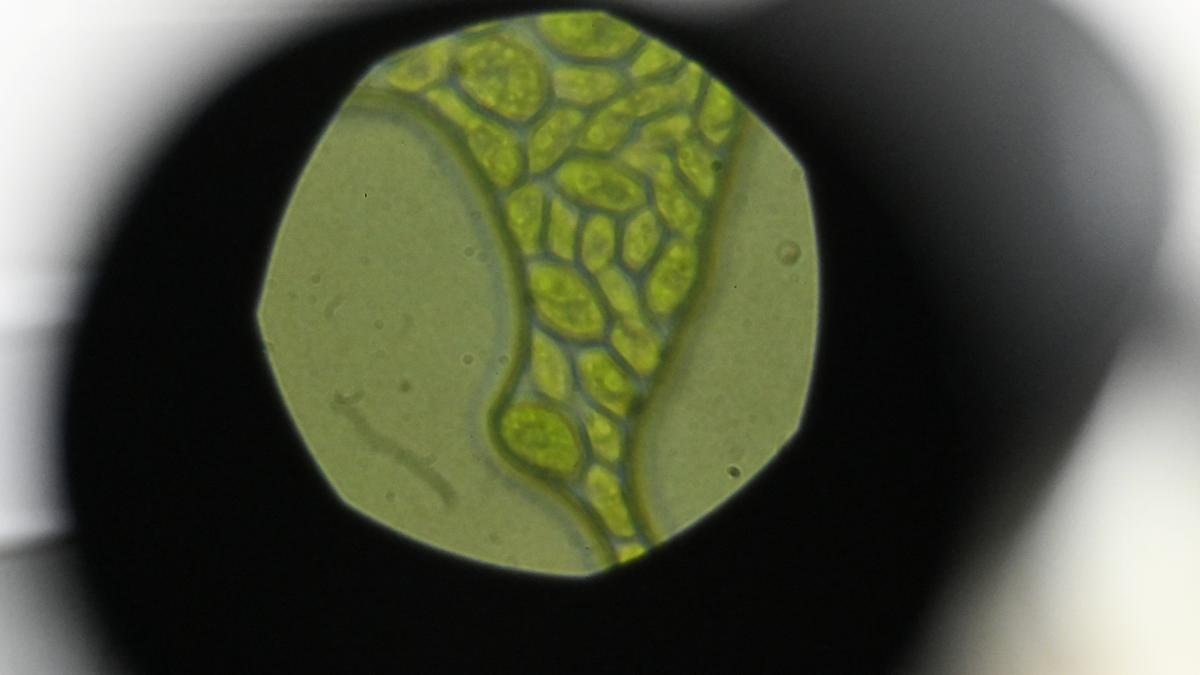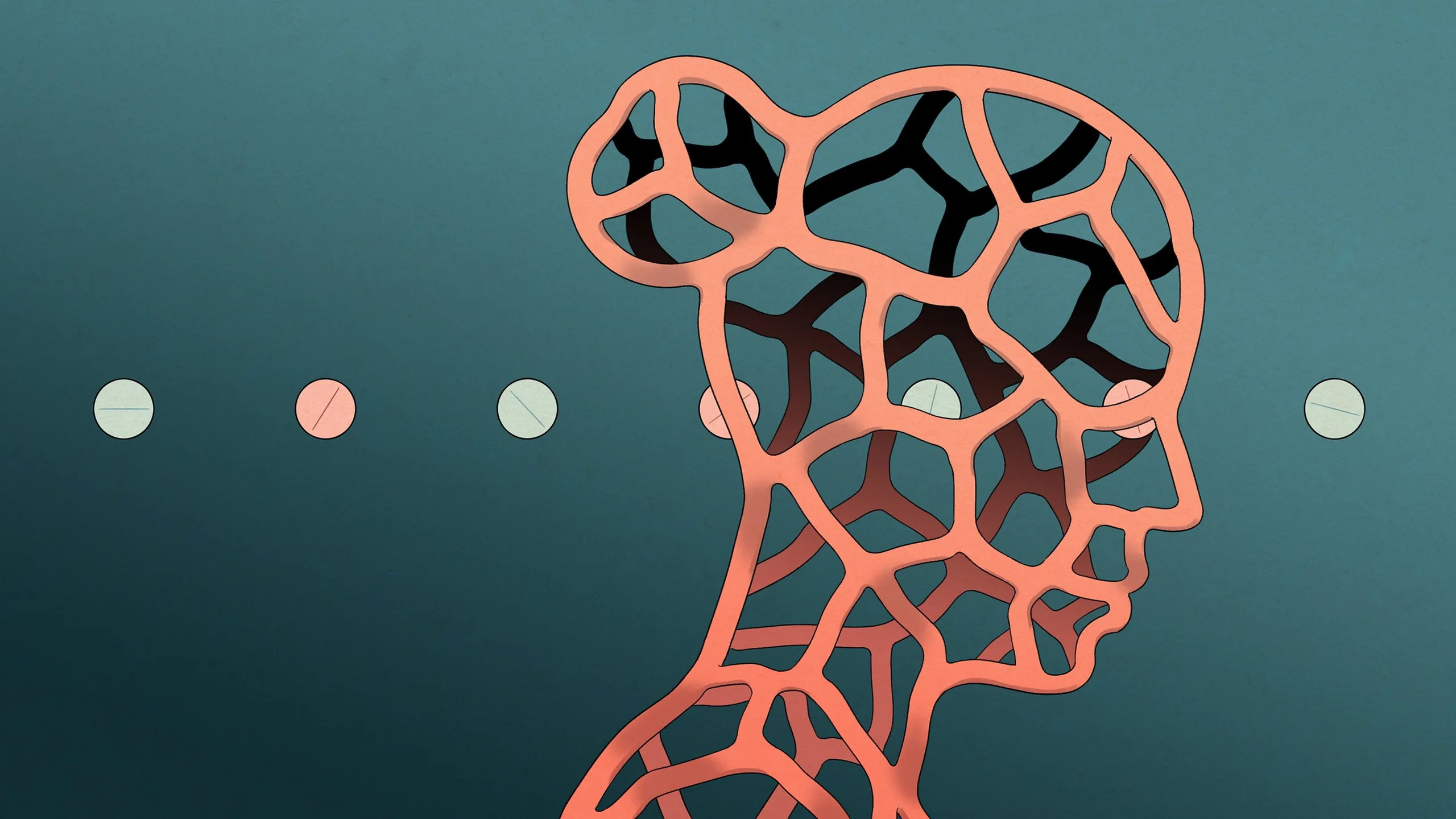- Courses
- GS Full Course 1 Year
- GS Full Course 2 Year
- GS Full Course 3 Year
- GS Full Course Till Selection
- Answer Alpha: Mains 2025 Mentorship
- MEP (Mains Enrichment Programme) Data, Facts
- Essay Target – 150+ Marks
- Online Program
- GS Recorded Course
- Polity
- Geography
- Economy
- Ancient, Medieval and Art & Culture AMAC
- Modern India, Post Independence & World History
- Environment
- Governance
- Science & Technology
- International Relations and Internal Security
- Disaster Management
- Ethics
- NCERT Current Affairs
- Indian Society and Social Issue
- NCERT- Science and Technology
- NCERT - Geography
- NCERT - Ancient History
- NCERT- World History
- NCERT Modern History
- CSAT
- 5 LAYERED ARJUNA Mentorship
- Public Administration Optional
- ABOUT US
- OUR TOPPERS
- TEST SERIES
- FREE STUDY MATERIAL
- VIDEOS
- CONTACT US
CSIR-IICT Scientists Identify Microalgae as A Potential Protein Supplement
CSIR-IICT Scientists Identify Microalgae as A Potential Protein Supplement
18-06-2024

Microalgae, as opposed to macroscopic algae, are microscopic algal species. They are primarily unicellular organisms, although some form colonies with larger structures through complex associations.
- Depending on the species, their sizes can range from a few micrometers to a few hundred micrometers.
Characteristics of Microalgae:
- Size: Microalgae are microscopic, ranging from a few micrometers to a few hundred micrometers in size.
- Structure: Microalgae are mostly unicellular, but some form colonies with larger structures through complex associations.
- Roots, Stems, and Leaves: Unlike higher plants, microalgae do not have roots, stems, or leaves.
- Photosynthesis: Microalgae are mostly photosynthetic, utilizing photosynthetic pigments to conduct photosynthesis.
- Habitat: They are found in a variety of aquatic habitats, from freshwater to brackish, marine, and hypersaline environments.
- Examples: Green algae, diatoms, and dinoflagellates are examples of unicellular algal species.
Importance of Microalgae:
- Primary Producers: Microalgae play a role in ecosystems as primary producers, converting sunlight into energy and producing organic matter through photosynthesis.
- Aquatic Food Webs: Their adaptability and diverse taxonomy make them a crucial component of aquatic food webs, supporting various organisms and influencing nutrient cycling.
- Nutritional Value: Microalgae are a rich source of lipids, proteins, carbohydrates, and pigments with nutritional and health benefits.
Commonly Consumed Microalgae:
- Spirulina and Chlorella: Spirulina and Chlorella are 2 types of microalgae often consumed as dietary supplements due to their nutritional value.
- Oxygen Production: Through photosynthesis, microalgae release oxygen as a byproduct, contributing to the oxygen content of the environment.
- Symbiotic Relationships: Some microalgae form symbiotic relationships with other organisms, such as living within the tissues of corals (zooxanthellae) and providing them with nutrients through photosynthesis.
- Nitrogen Fixation: Certain microalgae, like Nostoc, Anabaena, and Oscillatoria, are capable of fixing nitrogen.
Must Check: Best IAS Coaching In Delhi



